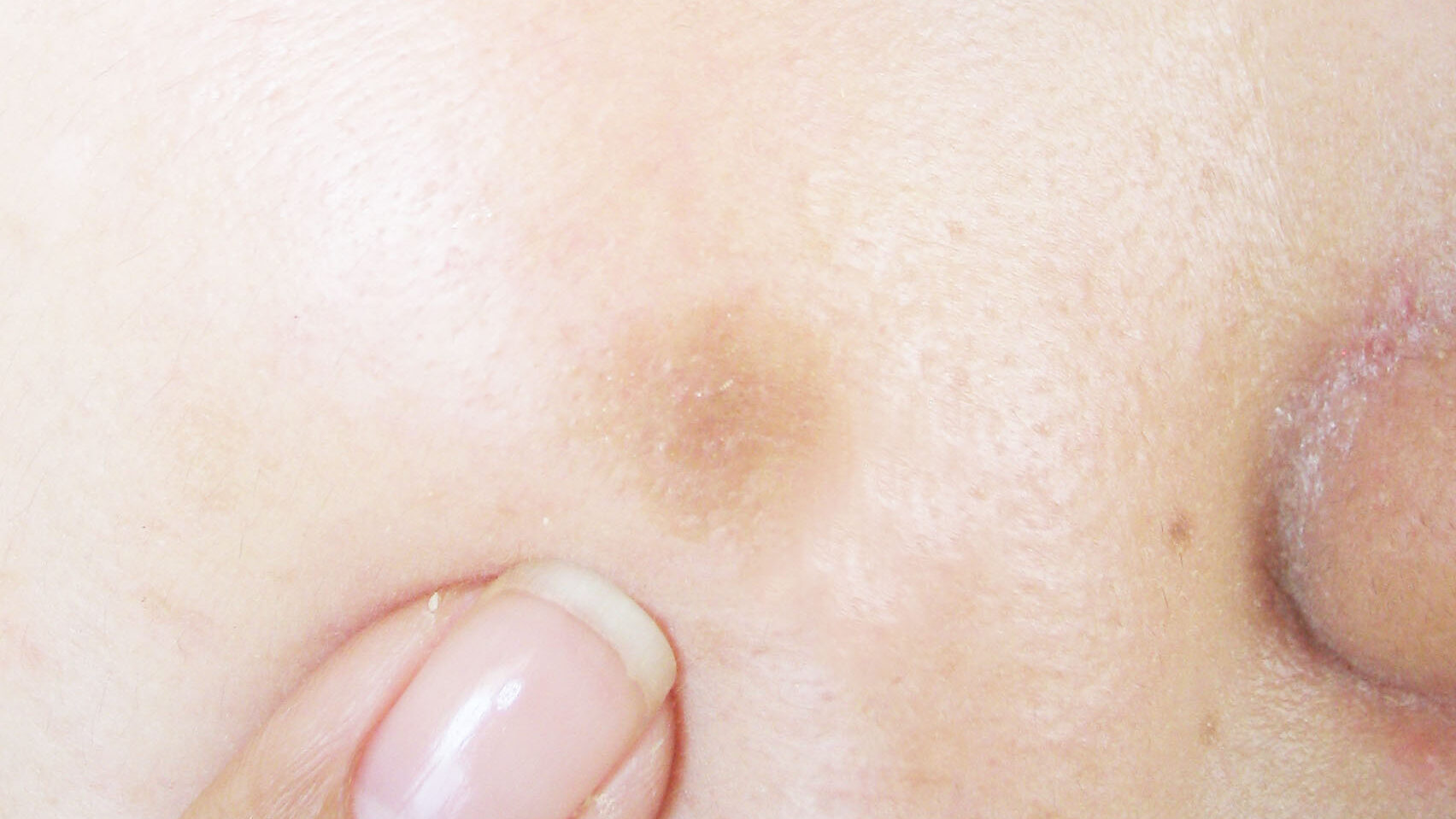Check the Causes and Prevention of Dark Spots for Beautiful Skin!

The reason why you might look older than your actual age is due to dark spots…
Do you know the causes of dark spots?
By understanding the reasons and mechanisms behind the sudden appearance and persistence of dark spots, you can protect your beautiful skin.
In this article, we will explain the causes and prevention methods for those bothersome dark spots.
Mechanism of Dark Spot Formation

The cause of persistent dark spots is believed to be the excessive production of melanin due to ultraviolet (UV) rays and the stagnation of skin turnover.
When exposed to UV rays, melanocytes, which are pigment cells deep in the skin, produce melanin.
Normally, through skin turnover, melanin is shed along with dead skin cells, and the skin’s color returns to normal.
However, with the accumulation of long-term UV damage, melanin continues to be produced excessively, and skin turnover tends to stagnate.
As a result, melanin remains in the skin, leading to persistent dark spots.
Age and Skin Turnover
The cycle of skin turnover, where new cells are born in the dermis and pushed up to the stratum corneum before eventually being shed, slows down with age.
As a guideline, the turnover cycle for someone in their early 20s is about 28 days.
In their 30s, it takes about 40 days; in their 40s, about 55 days; and in their 50s, about 75 days. There is a significant difference depending on age.
Various Types of Dark Spots
The discolored areas on the skin are called ‘dark spots,’ but there are actually several types of dark spots, each with its own causes and treatments.
Let’s first look at the different types of dark spots and their causes.
- Age Spots (Lentigines)
Characteristics: Round, brownish spots with well-defined borders. Common in people in their 30s to 50s. They gradually darken and, if left untreated, can develop into seborrheic keratosis.
Causes: Accumulation of age-related changes and UV damage. - Post-Inflammatory Hyperpigmentation
Characteristics: Spots that appear after inflammation from injuries, insect bites, or acne, with blurred borders. Can occur in people of all ages.
Causes: Disruption of skin turnover following inflammation. - Melasma
Characteristics: Larger spots that appear symmetrically on the cheeks, around the mouth, and forehead. Blurred borders and a hazy shape are typical. Seen in women in their 30s to 40s, with color changes depending on hormonal balance and season.
Causes: Hormonal imbalances and UV exposure. - Freckles (Ephelides)
Characteristics: Small, brownish spots less than a few millimeters in diameter, occurring on the nose, cheeks, and sometimes on the arms. Often hereditary and commonly seen from childhood to adolescence, usually fading with age.
Causes: Genetics or UV exposure. - Seborrheic Keratosis
Characteristics: Wart-like, firm, and rough dark brown spots. Develops from prolonged age spots.
Causes: Accumulation of age-related changes and UV damage.
How to Prevent and Treat Dark Spots?
Having looked at the various types of dark spots, can they be treated or prevented?
We will explain the possible measures for each type.
・Prevention Methods for UV-Induced Dark Spots
Age spots, melasma, freckles, and seborrheic keratosis are some of the dark spots caused by UV exposure. To prevent these dark spots from worsening, it is important to use UV protection items such as sunscreen, parasols, sunglasses, and hats to prevent excessive melanin production.
Although UV rays are often associated with summer, they are actually present year-round, regardless of the season, weather, or whether you’re indoors or outdoors. Therefore, sunscreen should be applied daily, not just in the summer.
・Prevention Methods for Dark Spots Due to Disrupted Skin Turnover
Preventing dark spots caused by disrupted skin turnover, which can also be linked to UV damage, involves reassessing your skincare routine and improving your lifestyle habits.
Incorrect skincare can lead to disrupted skin turnover. Insufficient cleansing and makeup removal can result in dead skin cells not being properly shed, leading to buildup that impedes skin turnover.
On the other hand, overly harsh cleansers, exfoliants, or scrubs can excessively strip away dead skin cells, depleting skin moisture and causing inflammation due to strong irritation. This disruption in turnover can lead to skin issues and worsen.
Additionally, maintaining healthy lifestyle habits is crucial for keeping skin clear. Evaluate and adjust your daily routine, including sleep patterns, diet, exercise, stress levels, smoking, and alcohol consumption.
・Prevention Methods for Dark Spots Due to Hormonal Imbalance
Dark spots such as melasma can be caused by hormonal imbalances. Aging and stress can disrupt female hormones, leading to the activation of melanocytes.
Restoring hormonal balance can be achieved by correcting lifestyle habits. By being mindful of your daily routine, you can prevent the occurrence of dark spots.
Summary
This time, we focused on dark spots. Dark spots on the face can be quite noticeable and cause concern. Just one spot can make you appear older. By preventing the occurrence of dark spots, you can maintain healthy skin that helps you look younger than your age.



コメント